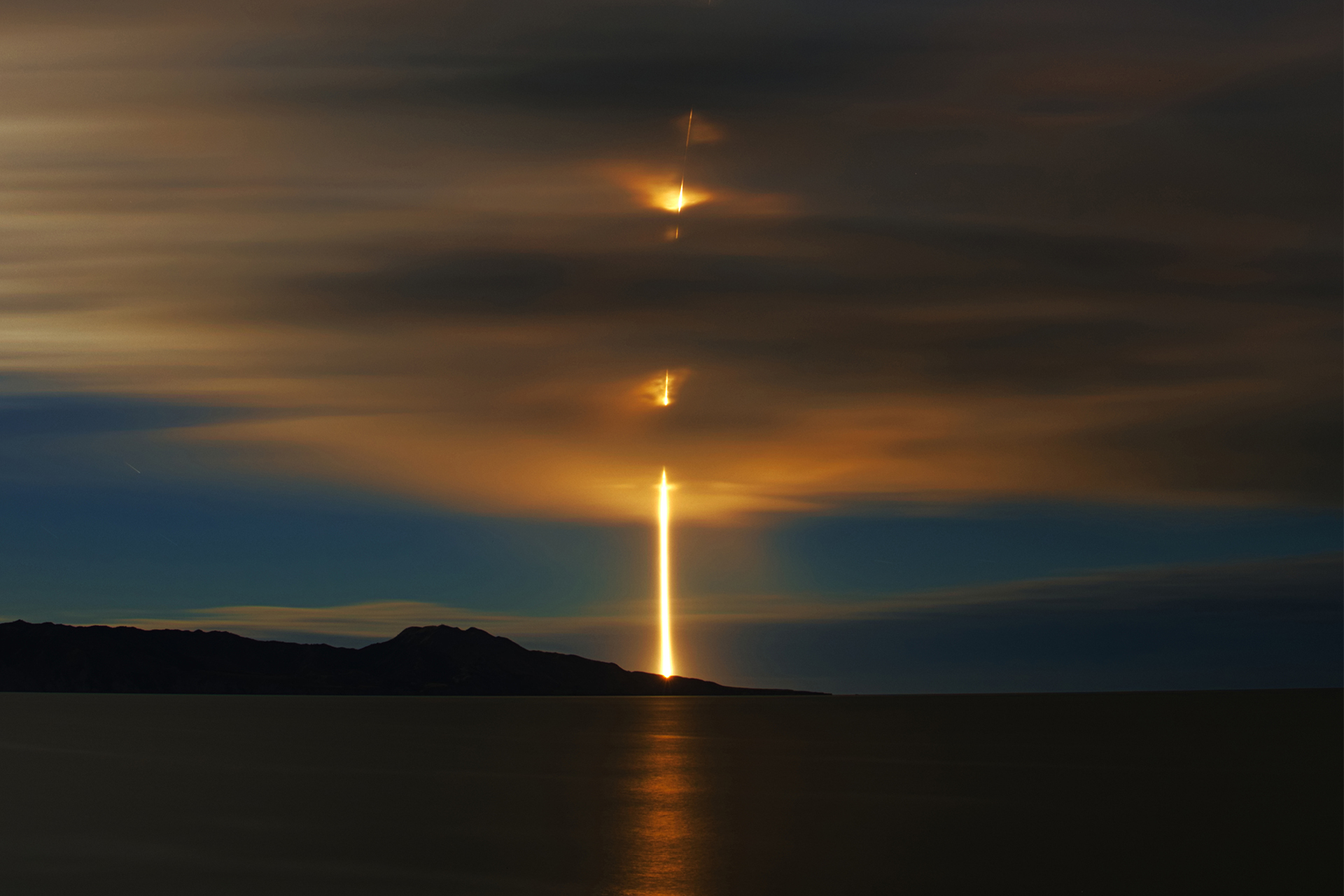Experiencing a rocket launch comes with its own set of challenges, especially as an Aucklander and avid space enthusiast. Rocket Lab's launch pad is situated at Mahia Peninsula, approximately 550 kilometers from Auckland. Making the trip requires a great deal of courage and commitment, as rocket launches are frequently postponed or cancelled for various reasons.
The roar of engines, the blinding light, the sheer power of a rocket cutting through the atmosphere – these are the elements that make a rocket launch one of the most awe-inspiring spectacles of modern technology. But what if you could capture this extraordinary event in a single image that conveys not just the power, but also the beauty and grandeur of space travel? Enter the world of rocket launch long exposure photography.
The Science Behind the Shot
Long exposure photography involves keeping the camera's shutter open for an extended period, allowing more light to hit the sensor. When applied to a rocket launch, long exposure photography captures the entire ascent of the rocket, transforming it into a brilliant streak of light across the sky.

The Journey to the Shot
My journey to capture the perfect rocket launch long exposure photo has been one of dedication, patience, and resilience. Over the past 3.5 years, I’ve made three trips, each 550 kilometers one way, only to return empty-handed due to launch cancellations. These setbacks were disheartening, but they taught me a lot about planning and the unpredictability of rocket launches.
This time, however, was different. The mission at hand was the "Ready, Aim, PREFIRE" mission, the first of two back-to-back Electron launches to deploy NASA’s PREFIRE (Polar Radiant Energy in the Far-InfraRed Experiment) mission. Accompanied by my wife Thilini, who has been the greatest companion throughout this journey, I set out once more with renewed hope and determination.
The Technique
Setting my Camera:
Switched to manual mode and set the ISO to 50 to minimize noise. Adjusted the aperture to f/6.3 to ensure a sharp image throughout. After several tests, I settled on a shutter speed of 200 seconds, starting from 30 seconds and incrementally adjusting until achieving the desired exposure.
Composing the shot:
This task is challenging because framing the shot to include both the launch pad and the rocket's anticipated trajectory is not simple. Ensuring enough sky is visible to capture the entire flight path adds to the complexity. Fortunately, Doug Menzies shared the restricted flight area on social media, which helped me predict the rocket's path and align my camera accordingly.
Focus:
To ensure the rocket trail remains sharp, I used manual focus to set the lens to infinity by focusing on a star.
The Result
The final image is a breathtaking testament to human ingenuity and the wonders of space exploration. The bright trail of the rocket, illuminating the clouds as it pierces through them, arcs majestically across the sky, often leaving a faint residual glow as it ascends into space. Below, the sea, bathed in the launch flare's glow, adds a profound sense of context and scale to the awe-inspiring scene.
The Journey’s Reward
This attempt, despite the numerous challenges and the long journey, was a success. With Thilini by my side, her support and companionship made this venture even more meaningful. Capturing the "Ready, Aim, PREFIRE" mission wasn’t just about the photograph – it was about perseverance, the thrill of the chase, and the joy of finally seeing the fruits of our efforts. This photograph stands as a testament to our dedication and the beauty of shared experiences.




